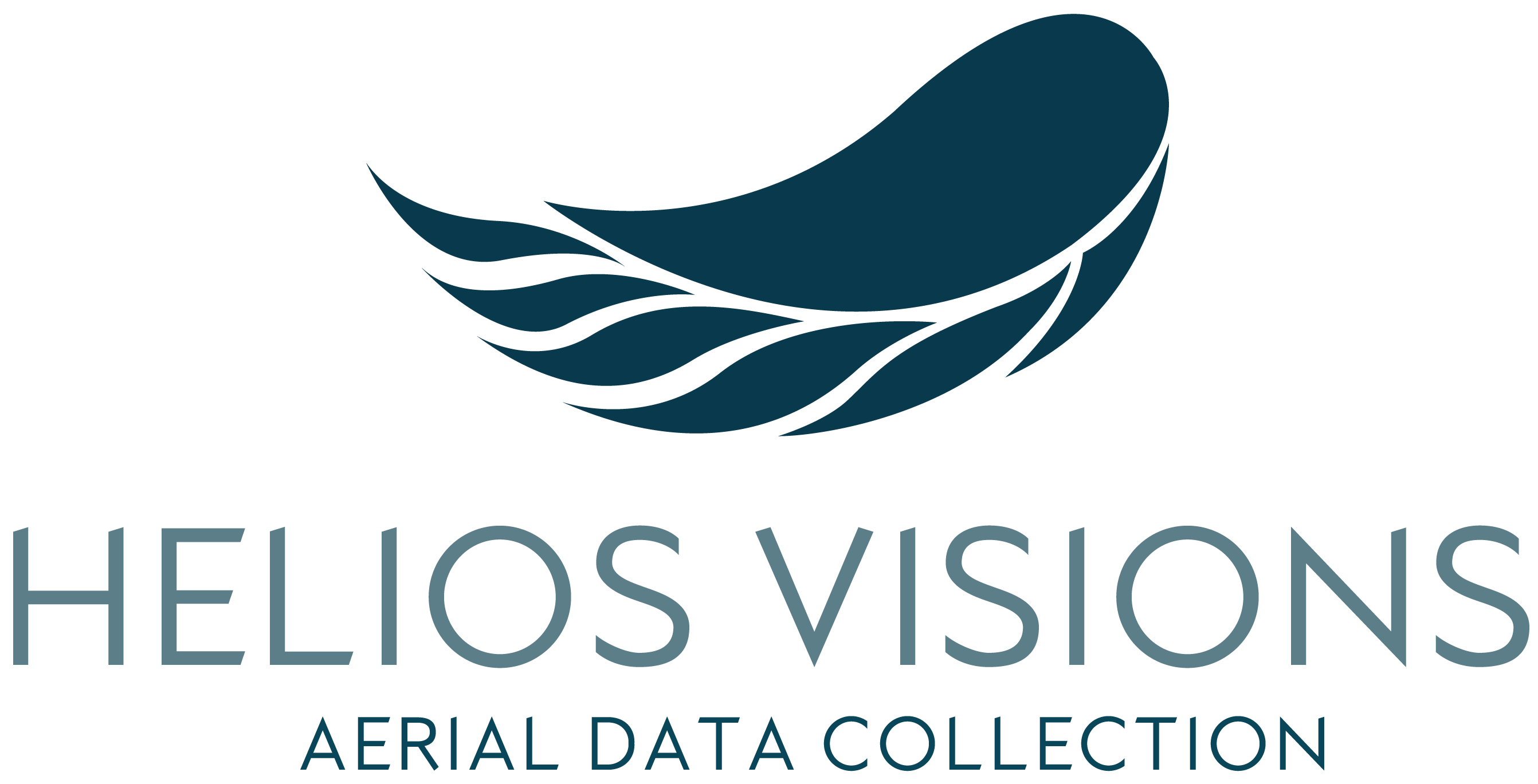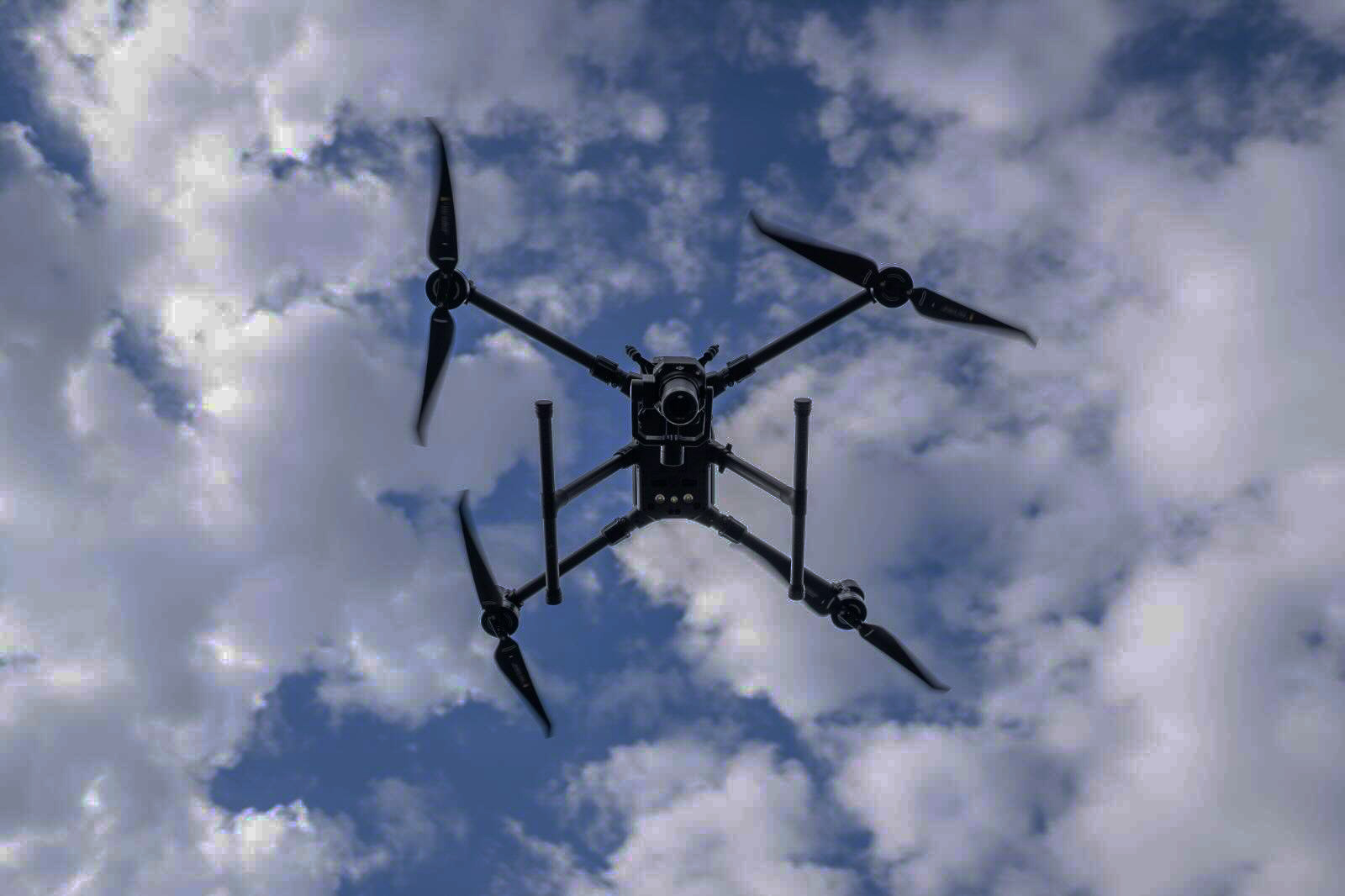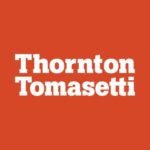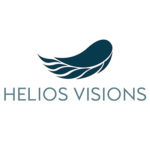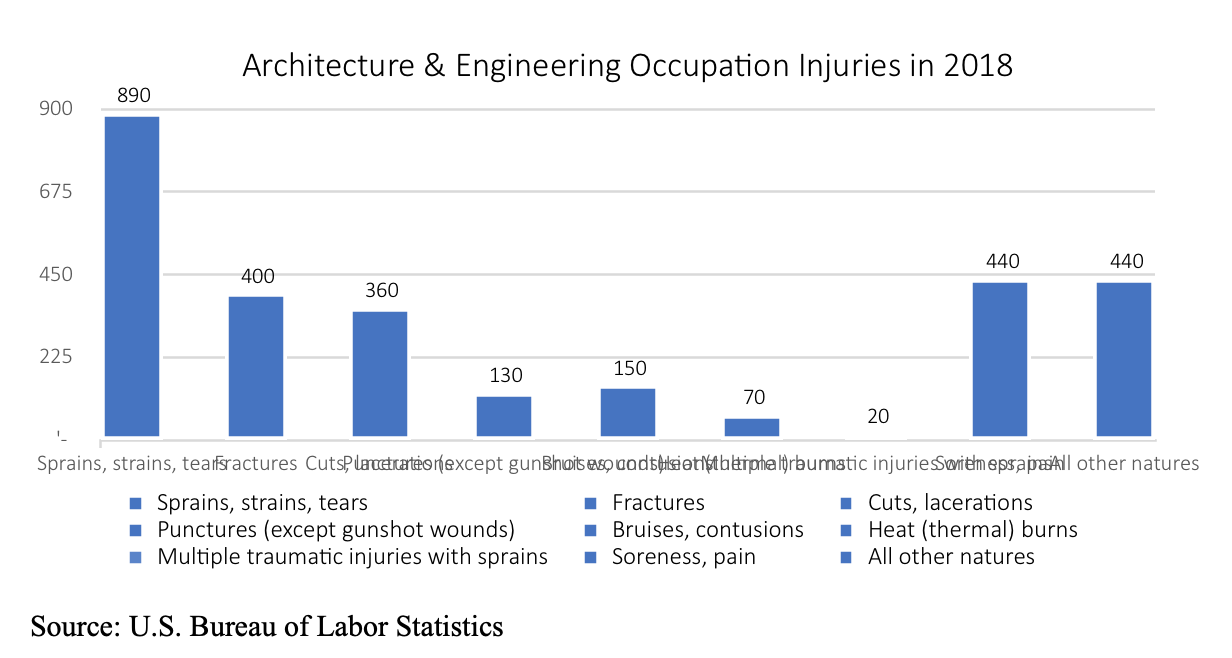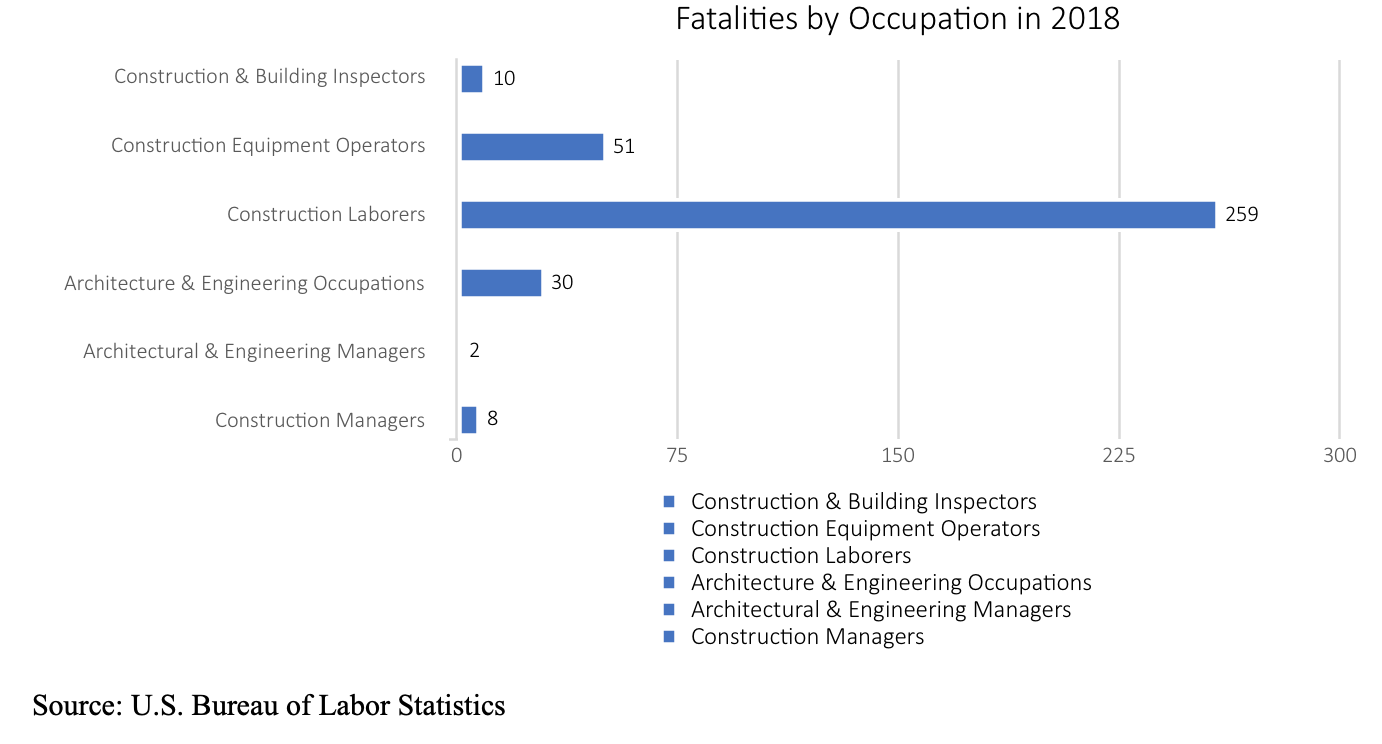Preface
The analysis in this White Paper is based upon data evaluated from real-world applications and scenario-based applications. In certain circumstances, estimates were based upon projected averages utilizing available baseline information.
Disclaimer
The contents of this report reflect the views and opinions of the parties represented, who are responsible for the facts and the accuracy of the information presented herein. This document is disseminated under the sponsorship of Helios Visions and Thornton Tomasetti. The United States government and New York City government assume no liability for the contents or use thereof.
Table of Contents
- Executive Summary and Key Recommendations
- Introduction
- The Drone: More Than Just an Aircraft
- The Drone as a Safety Tool
- The NYC FISP, Restrictions, and the Traditional Façade Inspection
- Traditional NYC Façade Inspection Components
- Cost and Time
- Helios Visions Facade Inspection Case Study
- Professionalism Within an Industry
- Technology to Meet the Demands of Industry and Standards
- Incorporating Hi-res Imagery Into Pre- and Post-planning
- Academic Rigor Supporting Façade Inspection Integration
- Incorporating Drone-Based Façade Inspections in NYC
- Acceptable Drone-Based Façade Inspection Service Provider Qualifications
- Summary
Executive Summary and Key Recommendations
The incorporation of Unmanned Aircraft System (UAS), otherwise known as “drone” technology into New York City’s (NYC) Facade Inspection & Safety Program (FISP) has the potential to reduce cost and time, increase the safety of the public and FISP inspectors, and maximize preparation and planning efforts when conducting FISP inspections.
Data revealed the time to scan the entire façade of a six-story building by a drone compared to traditional façade inspections was reduced by 85%. The time to produce a high-resolution (hi-res) imagery report was reduced by 86% when compared to traditional façade inspection reports. The average cost for a traditional façade inspection ranged from $10,000 for a simple six story building without physical probes and cost increased significantly as the size and complexity changed, whereas drone utilization cost averaged $7,000 for a simple six story building and increased incrementally with scope and complexity but remained significantly cheaper than traditional inspection cost.
85%
REDUCTION IN FAÇADE SCAN TIME
WITH A DRONE
* When compared to traditional human inspections.
The use of drones in NYC’s FISP can play a critical role by supplementing traditional inspector work through pre-planning operations enhancement and by conducting routine and emergency inspections. Drone acquired imagery provides detailed images of a critical area of interest (CAI), challenging building design elements that may require specialized scaffolding, drops, and preparation. Drones also provide advanced data such as infrared thermography (IRT) where the unaided eye cannot detect heat signatures that may be indicative of compromised structural elements.
To incorporate drones into NYC’s FISP, four steps are required by NYC authorities.
- Establish a waiver or exception process applicable to NYC Administrative Code § 10-126(c) and any city restriction, authorizing drone façade inspection service providers access to NYC airspace.
- Define drone service provider requirements to qualify for a waiver or exception to conduct drone-based façade inspections within NYC airspace.
- Educate* the applicable NYC departments (law enforcement, fire, building, etc.) of the integration of drones into NYC’s FISP.
- Educate* public and private stakeholders on the FISP incorporation of drones to assist in façade inspections, to reduce reports of unauthorized drone operations within NYC, and to increase drone FISP integration awareness.
*Education includes informing stakeholders of the advantages of utilizing drones to supplement the FISP, explaining the waiver/exception process, and communicating what an authorized drone-based façade inspection operations entail.
Introduction
Drones have origins traced to manned free balloons utilized by the French military in 17941, evolving dramatically over the last two centuries but it wasn’t until the late 1800s when mechanical propulsion was introduced2 and recent advances in computing power, did we begin to see the potential of a drones application in the marketplace. The commercial market benefits from the evolution of militarized drones to civilian applications in the form of multiple sensing cameras, three axes gyro, accelerometers, autonomous and semi-autonomous flight, and volumetric capabilities to name a few.
Drone uses range from agricultural monitoring, aerial imaging, and mapping, to IRT power line surveys, and building façade inspections. This White Paper highlights the advances of drones in the marketplace, specifically the ability for a drone to conduct operations that supplement and enhance traditional building façade inspections. A case study of one company that specializes in drone-based aerial imaging to supplement façade inspections in an urban environment demonstrates the integration, application, and successes of the company and the degree of highly technical benefits provided to stakeholders utilizing drone technology. Lastly, this paper discusses the feasibility and integration of drone-based façade inspection services in NYC, supplementing human lead façade inspections.
1. Military use of balloons during the Napoleonic era. (2008). Hampton Roads Military History, 2, 8.
2. Windischbauer, F., & Richardson, J. (2005). Retrostrategy: Is there another chance for lighter-than-air vehicles? Foresight: The Journal of Futures Studies, Strategic Thinking and Policy, 7(2), 54–65
The Drone: More Than Just an Aircraft
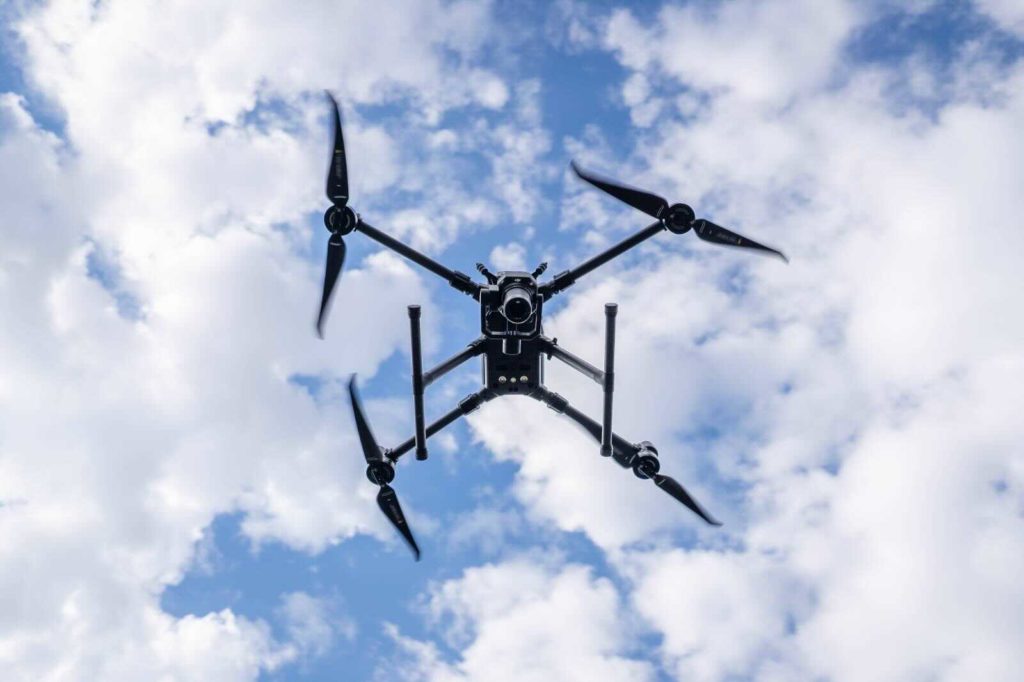
UAS platforms have three main components: an aircraft (also known as a drone), a controller such as a smart device, tablet, or hand controller, and a communication network between the drone and the controller. This system (a UAS) offers a multitude of configurations that include outfitting drones with specialized camera lenses such as Forward Looking Infrared Radar (FLIR), able to capture radiometric non-contact temperature measurements and gas leaks. Drone lenses are capable of optical and digital zooms, 4 and 8K video resolution, still images with 24 megapixel resolution, all outfitted on a gimbal to stabilize images. These elements provide the images necessary to create orthomosaics (an image to scale capable of providing accurate distances, volumetrics, area, etc.) after an orthorectification process has been completed (correcting pixels for Global Positioning System (GPS) accuracy). In addition to orthomosaics, 3 dimensional (3D) models can be generated by drone captured images.
Drones memorialize buildings in a current state, creating baseline images with engineering, architectural, and historical value and provide detailed scans where blueprints are absent or do not convey rich detail. With long-term maintenance and building projects in consideration, a drone is the perfect candidate to facilitate time-lapse evolution complete with hi-res imagery. But, another benefit to drone technology is the ability to document building construction and repair progression, memorializing the project with imagery that can be utilized in multiple applications (3D virtual modeling, orthomosaics, and 3D printing, etc.).
The Drone as a Safety Tool
A drone is a versatile tool as explained before but one often overlooked element of a drone is the safety aspect. When operated by a licensed pilot, skilled in navigating congested urban areas, the drone decreases some risk associated with façade inspections. Consider the element of suspended human inspectors or individuals atop scaffolding. Consider the risk associated with constructing scaffolding, both to personnel erecting the scaffolding and the public below the scaffolding. Generally speaking, the façade inspection process is hazardous. Occupations associated with façade inspections (architects, engineers, construction laborers, etc.) are subjected to these hazardous conditions on a daily basis within the U.S., highlighted by Figures 1 and 2 below.
Figure 1
Figure 2
During routine and emergency façade inspections, drones can be deployed and generate actionable imagery within hours. If needed, a drone can feed live stream video during emergency inspections, night and day, instead of risking a human inspector and support crews to additional hazards.
The NYC FISP, Restrictions, and the Traditional Façade Inspection
NYC has an estimated 14,500 buildings with a height above six stories, with varying degrees of age, materials, and potential façade failure points. This combination, coupled with weather, natural degradation, and varying maintenance, can result in premature deterioration; it is inevitable that a building façade if left unchecked with no improvements, will experience some level of deterioration.
Like many reactionary catalysts for regulatory and legal change, NYC responded to an unfortunate event that lead to the death of a pedestrian when building material struck the individual from above in 1979, by passing an amendment to the Building Code of the City of New York known as Local Law (LL) 10/80. LL 10/80, later amended by LL 11/98, established a regular façade inspection program within NYC, requiring scaffolding-type inspections instead of street level observations.
Fast forward to 2013 when NYC established the FISP, ensuring buildings over six stories tall receive a comprehensive inspection by a Qualified Exterior Wall Inspector (QEWI) such as a New York State licensed Professional Engineer (PE) or New York State Registered Architect (RA). The façade inspections known as critical examinations, document a current state to include structural and material degradation observations, that could include inspecting appurtenances identified as rooftops, balconies, etc. Building inspection reports can classify a building as Safe, Safe With a Repair and Maintenance Program (SWARMP), or Unsafe.
Even with the FISP in effect, building degradation impacts the safety of the public. Part of the catalyst for this White Paper stems from the unfortunate death of a prominent architect in December 2019, when the individual was struck from falling façade debris. Incorporating additional layers of technology, such as drones, into façade inspections has the potential to increase the speed and efficiency of the FISP and reduce incidents as seen in December 2019. Imagine having the ability to conduct spot checks for compliance on any given building classified as SWARMP or Unsafe, at a fraction of the cost and with less time on site.
According to the NYC Buildings Façade Safety Report, Cycle 7 of the FISP produced 38% SWARMP inspection results. The following image (Image 1) provides a snapshot of Cycle 7 FISP inspection results within NYC, reflecting the volume and proximity of critical buildings.
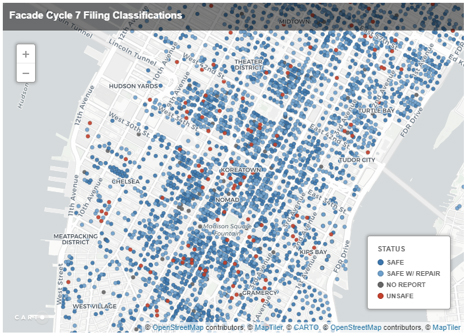
Image 1: FISP Cycle 7 Inspection Report Findings. Source: NYC Buildings
Knowing 38% of inspected buildings fell into the category of SWARMP, the addition of speed, efficiency, and flexibility facilitated through drone technology, will only add to the efficacy of the FISP. At the time this White Paper was written, NYC façade inspections were in FISP Cycle 9 and there were an estimated 480 RA and PE FISP inspectors available to conduct the inspections. It is reasonable to assume the inspection cadre could benefit from the benefits provided by drones technology considering the volume of sites deemed SWARMP and Unsafe needing their expertise and personal attention.
Currently, within NYC, drones are banned from use, whether as a hobbyist or commercially. The code used today banning drone flight (NYC Administrative Code § 10-126(c)), stems from a 1948 law that requires all aircraft (to include drones) to take off and land at designated places. The citywide drone ban establishes that drones are illegal to operate in NYC, and instructs individuals who observe a drone in operation, to call 911. If the drone ban was not enough, the current NYC FISP does not allow drone technology to perform close proximity inspections.
Traditional NYC Façade Inspection Components
The NYC FISP, designed to ensure buildings over six stories tall receive a comprehensive inspection for structural and material degradation, involves many pre- and post-inspection components, all dependent on the size and complexity of a building, and sometimes the size of the inspection budget. Some of the components needed for a FISP inspection include but are not limited to:
- Scaffolding (rented or owned); bottom or top down design; transportation; installation
- Sidewalk sheds
- A QEWI such as a New York State licensed PE or New York State RA
- Physical inspection (probes) vs. remote visual inspections with high-powered binoculars
- Rope/rappelling façade access
Cost and Time
Traditional facade inspection costs and time on site vary with building size and complexity. Take for example a simple six story rectangle building, with four façade sides measured equally at 75 feet. This building will require inspections on two drops per side and possibly probing inspections. Motorized scaffolding drops can take one full day to establish and another day for the inspection, with each area of the building requiring the motorized scaffolding to be moved or adjusted as the inspection progresses. Whereas, static scaffolding requires longer build times depending on the extent of the project. Inspection preparation also requires scaffolding transportation, labor to install the equipment, possible rental fees, possible boom lift options, and sidewalk sheds to name a few. Rope inspections are an option and are typically quicker than motorized options, swing stage, or static scaffolding. Nonetheless, the façade inspection process has many moving parts, and cost increases with complexity.
Some average costs for scaffoldings drops can range from $10,000.00 for smaller sites, upward of $45,000.00 for large sites. Sidewalk sheds can cost as much as $125.00 a foot for installation, with extra charges for rental fees and permit cost. Rope (rappelling) inspections can be a quarter of the cost of traditional scaffolding drops, where some companies are charging close to $6000.00 for an entire inspection day.
Whether utilizing scaffolding, rappelling, boom cranes, distant visual observations, or probing inspections, the fact is, buildings require some form inspection to keep the public safe. The time to use technology and strike a balance between human interaction and creativity is now. There are at least 11 major cities in the U.S. that have a comparable façade inspection program as NYC such as Boston, Massachusetts, Chicago, Illinois, and San Francisco, California. One distinction between the Chicago market and NYC, is that drone operations are utilized to assist in the façade inspection process with overwhelming success, capitalizing on the creative and technological solutions drones present.
“One distinction between the Chicago market and NYC, is that drone operations are utilized in Chicago to assist in the façade inspection process with overwhelming success, capitalizing on the creative and technological solutions drones present.”
Helios Visions Case Study
Helios Visions (HV), a Chicago, Illinois leader in aerial data collection services since 2016, prides itself on providing personalized, comprehensive, white glove services to clients seeking advanced tools to streamline business processes. HV provides cutting edge drone services to clients but consistently adjusts its approach to deliver advanced imagery solutions, while not wavering from its cornerstone of safe and responsible flight operations. To date, HV has not had a single Federal Aviation Administration (FAA) violation or safety incident, yet the team continues to push the boundaries of its drone operations to deliver optimal service, chiefly to architecture, engineering, and construction firms.
Professionalism Within an Industry
Helios Visions is considered a trailblazer in the drone community, becoming the first drone services company in Chicago to obtain a 14 Code of Federal Regulations (CFR) Part 107.39 waiver (drone operations over people) (Image 2) and also obtained a 14 CFR Part 107.29 waiver (the ability to operate a drone at night) (Image 3) issued by the FAA. Helios Visions also published a guide titled Helios Visions Guide to Flying Drones in Illinois and Chicago, aimed to inform and clarify rules and regulations for hobbyists and commercial operators considering flight operations in Chicagoland. The guide was received with open arms from the drone community and continues to provide needed clarification in a dynamic field.
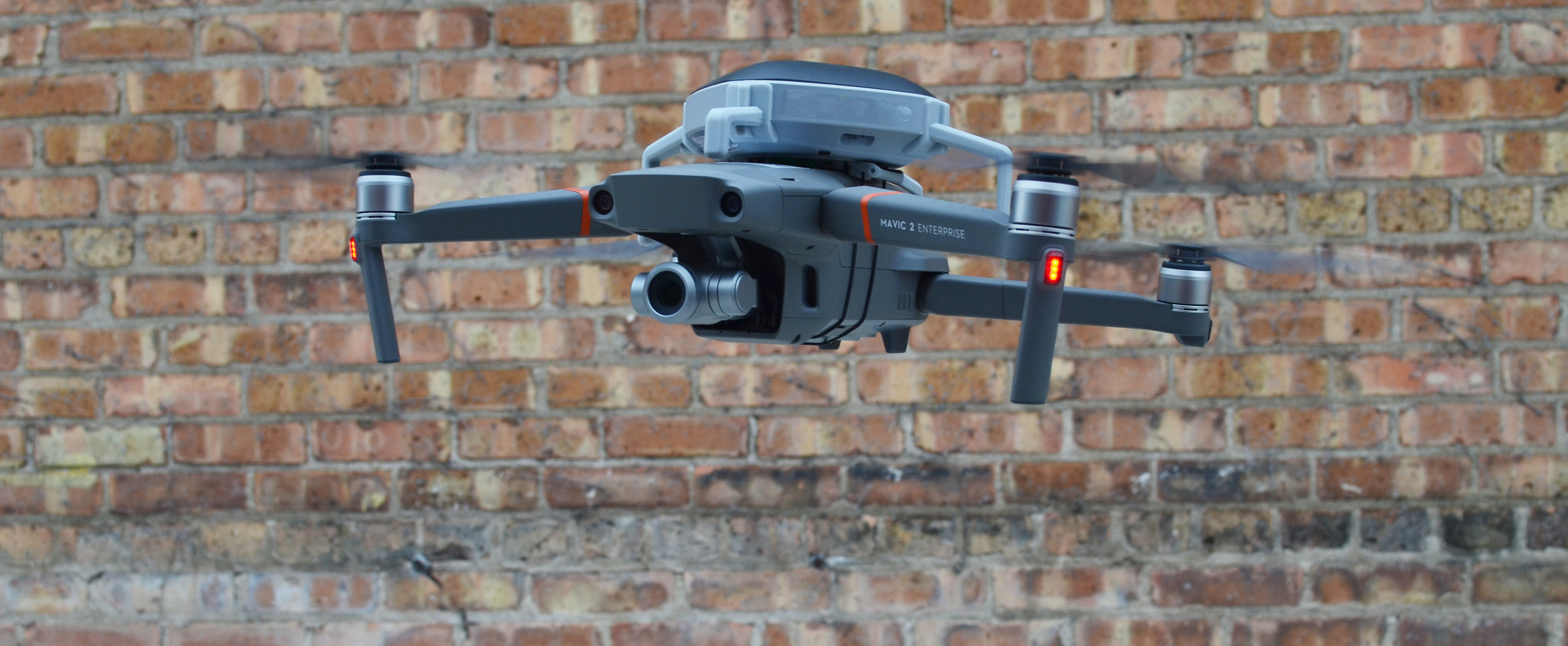
Image 2. Helios Visions ParaZero parachute equipped drone
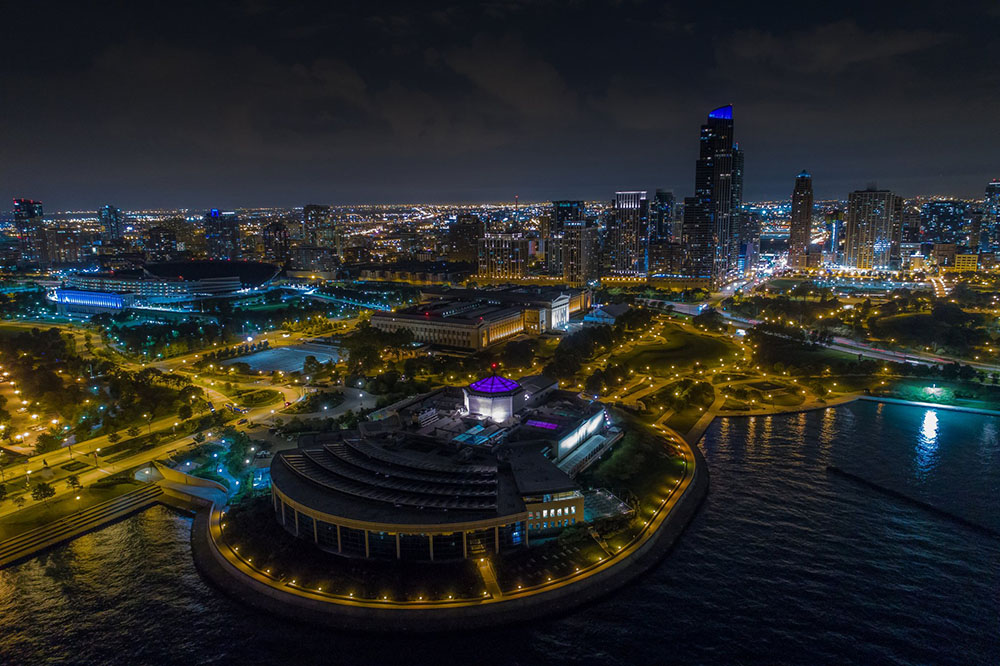
Image 3. HV urban night image capture utilizing a 14 CFR Part 107.29 waiver (the ability to operate a drone at night).
Technology to Meet the Demands of Industry and Standards
With a flawless operations record, HV continues to provide clients with aerial data that allows for better planning when working closely with construction, architect, and engineering firms. Helios Visions services are seamlessly incorporated into façade inspection planning, translating into focused areas of process improvement. For example, Helios Visions drone data highlights areas of concern prior to deploying human inspectors, allowing for better planning once human inspectors are required to add the physical inspection element to the project.
The following facade images reflect the same façade and window captured at a distance of approximately 15 feet but with two distinct purposes, utilizing the technology and adaptability of a drone. The first image (Image 4) discloses hi-res imagery that highlights tuckpointing areas of concern, masonry fractures, and flashing detail. The second image (Image 5) provides IRT detail, providing insight into possible construction issues, window lintel concerns, or degradation of materials based on the emission of thermal energy.
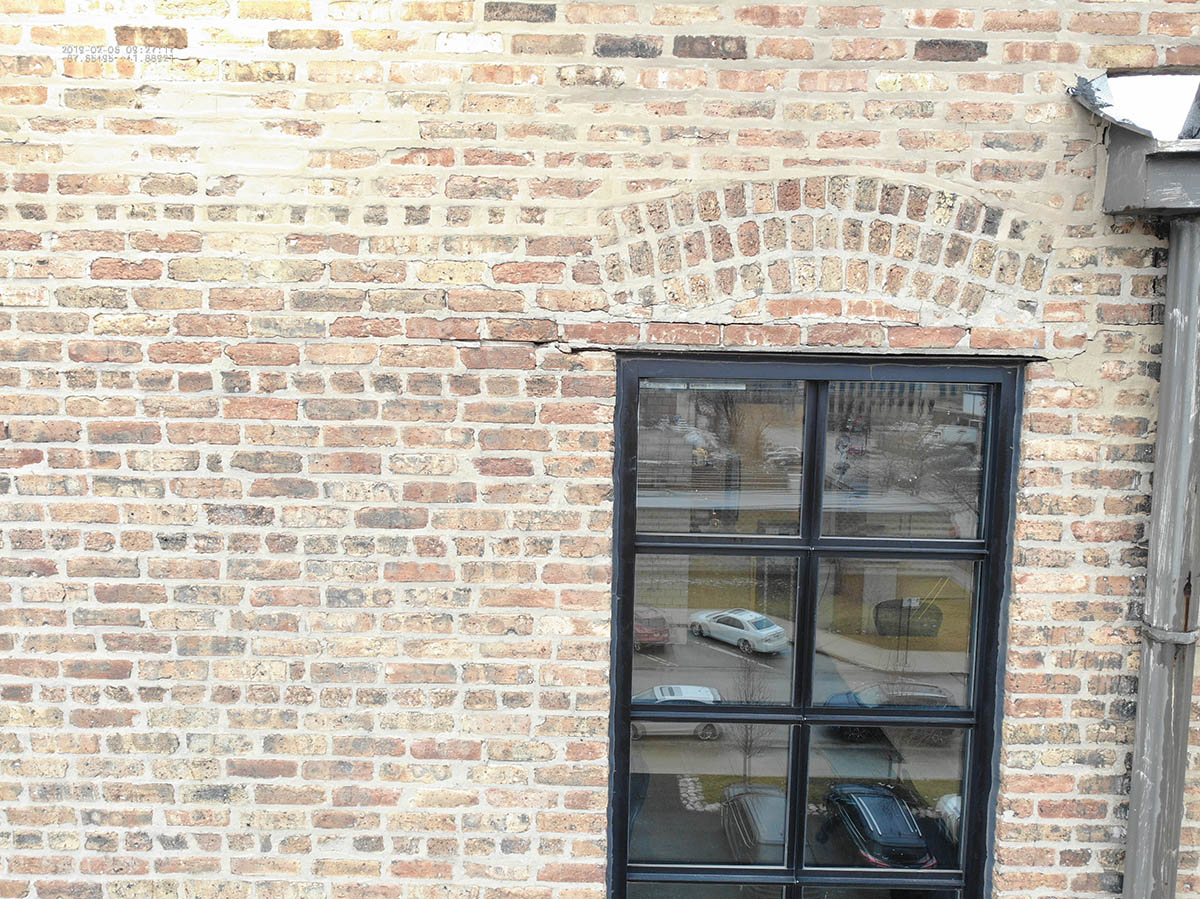
Image 4: Helios Visions provided hi-res façade imagery.
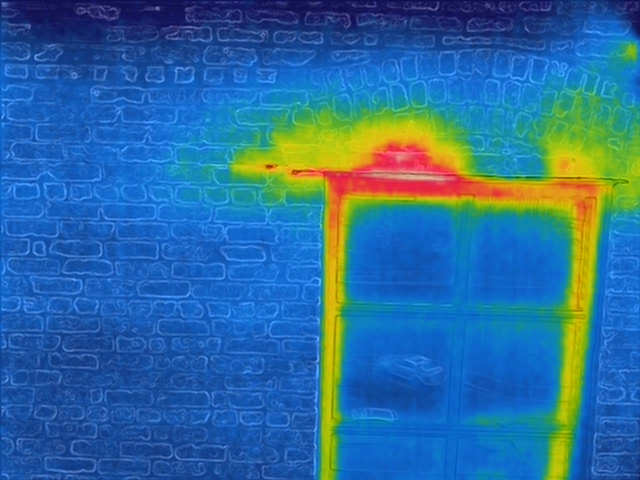
Image 5: Helios Visions provided enhanced infrared thermography façade imagery.
Drone data, when combined with AI and predictive technology, enhances the human lead inspection process by providing analytics with a high level of confidence, capable of detecting structural deficiencies or a CAI. Thornton Tomasetti (TT), a global leader in many verticals such as construction engineering, research and design, and holistic client solutions, developed technology that melds imagery and AI to detect structural imperfections, providing predictive solutions facilitated by the Thornton Tomasetti Damage Detector (T2D2®). The T2D2 detection capability based on photogrammetry principles supplements human lead inspections by providing pre-operational areas of concern prior to them becoming a critical area of interest (CAI).
For example, the following images provide best use examples of predictive technology afforded by the T2D2. The first image (Image 6) showcases with 75% confidence, an identified crack on a structure. The second image (Image 7) reflects with 75% confidence, exposed rebar. The third image (Image 8) reflects with 86% confidence, an identified spell.
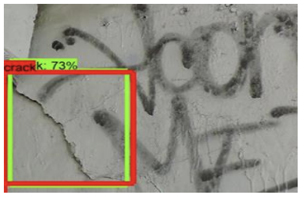
Image 6: Predictive crack identified by the T2D2.
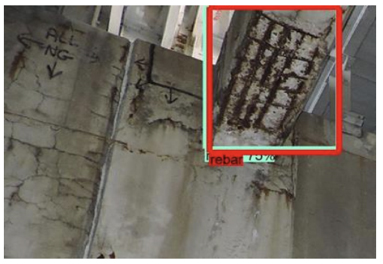
Image 7: Predictive exposed rebar identified by the T2D2.

Image 8: Predictive spall identified by the T2D2.
Incorporating Aerial Data Into Pre- and Post-planning
Aerial data provided by Helios Visions serves many purposes. In a pre-planning phase, the drone data can provide areas of concern when deciding on how to approach the human inspection phase of the FISP.
For example, the following image (Image 9) highlights several structural areas with varying materials, topography, and cupolas. With this level of pre-operational detail provided, an inspection team can quickly make an assessment whether to utilize suspension or close-up scaffolding inspection methods or a hybrid approach of short range drone data combined with human inspections and physical probing. Although drone captured data does not replace physical probing FISP requirements, the imagery does provide additional options for additional areas of inspection when complying with minimum physical inspection distance intervals.
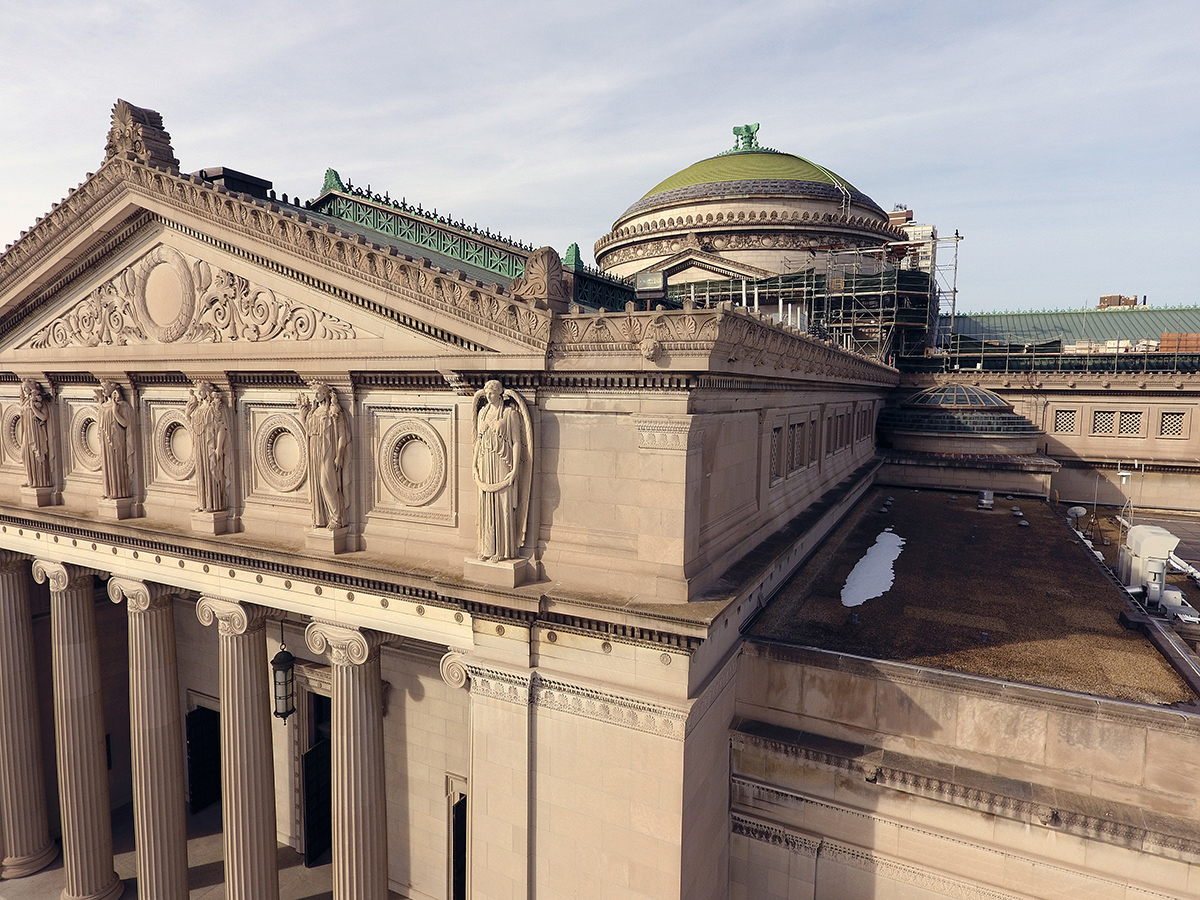
Image 9: HV provided hi-res pre-planning façade imagery.
Drone data also complement FISP requirements of follow-up photographic evidence of façade repairs (wall ties, probe placement, etc.) and human-lead repair inspections. Buildings requiring mandatory repairs, classified in the FISP as SWARMP, can take advantage of the hi-resolution imagery to document real time inspection evidence, marked with month, day, and year standardization, to include GPS location markings. An additional benefit to utilizing drone technology is the ability to capture drone data that can be developed to provide an “as built” 3D model (Image 10). As-built models memorialize the current building state, give rich detail, and offer an interactive product for engineers, architects, and construction firms, looking to benefit from all available resources.
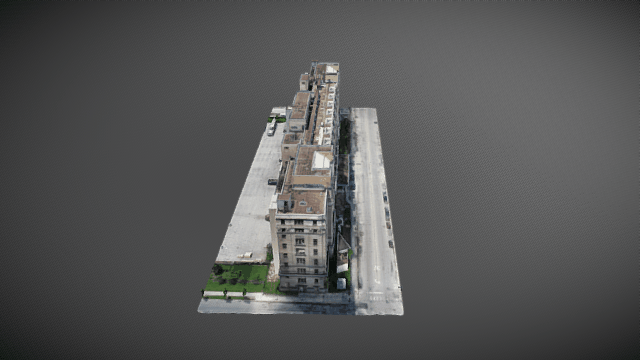
Image 10: HV provided “as built” 3D render.
Academic Rigor Supporting Façade Inspection Integration
Multiple disciplines utilize drones to enhance regulatory and program initiatives. For example, law enforcement and fire departments deploy drones for search and rescue missions and for rapid response scenarios. Critical infrastructure sectors benefit from drone technology as seen in a safety related mandate by the Federal Highway Administration (FHWA). The FHWA requires states to conduct a comprehensive visual inspection and inventory of all federal-aided highway system bridges once every two years, in pursuit of public safety and to document the current state of infrastructure to determine levels of degradation. As of 2019, 39 state run transportation departments utilize drones to assist and complete safety and inspection related duties to improve public safety, to accelerate projects, to make informed decisions, at a fraction of the cost.3
Department of Transportation, Federal Highway Administration. (2019). Unmanned Aerial Systems (UAS). Retrieved from https://www.fhwa.dot.gov/innovation/everydaycounts/edc_5/uas.cfm3
Gillins, Gillins, and Parrish (2016)4 offer insight into a case study that evaluated the use of a drones to inspect a bridge, assessing the condition of construction materials, defects such as spalling and leaks, and to obtain data in areas that were difficult to reach by physical means. The study found the hi-res imagery and video to be effective and the data “enabled the inspector to quickly assess and document any possible erosion issues near the bridge” (Gillins, Gillins, & Parrish, 2016, p. 29). The researchers concluded that the drone had the potential to provide imagery that would benefit inspections, minimize hazards associated with traditional inspection, and reduce cost. But, the drone should not be utilized to replace traditional inspection methods to determine progressive failures, as seen in physical inspections to include probing and scraping.
3. Department of Transportation, Federal Highway Administration. (2019). Unmanned Aerial Systems (UAS). Retrieved from https://www.fhwa.dot.gov/innovation/everydaycounts/edc_5/uas.cfm
4. Gillins, M.N., Gillins, D.T., & Parrish, C. (2016). Cost-effective bridge safety inspections Using Unmanned Aircraft Systems (UAS). doi: 10.1061/9780784479742.165
Where inspection speed is a necessity, drones offer an expeditious solution. According to Choi, Yeum, Dyke, and Jahanashai (2018)5 a building that presents a hazard from falling debris, especially after an incident or damage from an event, needs to be inspected quickly. The use of drones to expeditiously inspect a façade to gather vital intelligence may mean the difference between a catastrophic façade failure or a timely repair. Aside from the catastrophic use cases, drones can be deployed for routine uses, supplementing NYC inspectors. Consider NYC inspectors working in tandem with drone solution firms, where the drone gathers a comprehensive scan of a façade, that can be reviewed by the inspector prior to deciding what sections to focus on during large projects. Or, imagine an inspector utilizing collected IRT images to re-affirm judgments of material degradation but moreover, to understand damage to the fullest extent possible. Choi et al. (2018) explained how tedious the current manual inspection process can be with setting up scaffolding, ladders, ropes, etc., physically inspecting material, and then the time to draft a report based on observations. This process is laborious, time consuming, and does not embrace a rapid response mentality in emergency situations. What the researchers recommended is utilizing an orthophoto (stitching of multiple photos) to create an image of an entire façade for inspector use. With hi-res imagery available to the inspector, CAIs can be identified, evaluated, and processed. This methodology will increase the number of building facades an inspector can view each day “without actually accessing them” (Choi et al., p. 2, 2018).
Choi, J., Yeum, C. M., Dyke, S. J., & Jahanshahi, M. R. (2018). Computer-aided approach for rapid post-event visual evaluation of a building façade. Sensors, 18(9). doi:10.3390/s18093017
Drone technology provides advanced, objective imagery to enhance the traditional façade inspection process. According to Murtiyoso and Grussenmeyer (2017)6, the use of 3D imaging collected by drones is a means to recreate building shapes and design features that can be difficult to obtain utilizing traditional methods. For a historical perspective, the 3D modeling captures a current state; the architectural and engineering fields can utilize 3D modeling as a baseline for structural additions or reconfigurations. In either case, 3D modeling offers an additional tool for inspectors when approaching the safety of a façade with a holistic approach. Drone collected data also presents an objective element to façade inspections. With drones utilizing advanced measuring and sensing tools to scan façades, imaging and associated reports provide inspectors and interested parties with a standalone perspective of vital visual assessments (Jordan, Moore, Hovet, & Box, 2018)7.
Murtiyoso, A., & Grussenmeyer, P. (2017). Documentation of heritage buildings using close‐range UAV images: Dense matching issues, comparison and case studies. The Photogrammetric Record, 32(159), 206–229. doi:10.1111/phor.12197
Jordan, S., Moore, J., Hovet, S., & Box, J. (2018). State-of-the-art technologies for UAV inspections. IET Radar, Sonar & Navigation., 12(2), 151–164. doi: 10.1049/iet-rsn.2017.0251
By utilizing drone technology, the public exposure to traditional inspection practices is reduced, site closures or re-routing of pedestrian and vehicle traffic is minimized, and cost associated with those practices is reduced. Research indicates the incorporation of drone technology is warranted to aid in human lead processes with overwhelming success. It is reasonable to ask the question, why the NYC FISP has not taken advantage of the benefits of drone technology to streamline the inspection process while increasing the safety of the public.
5. Choi, J., Yeum, C. M., Dyke, S. J., & Jahanshahi, M. R. (2018). Computer-aided approach for rapid post-event visual evaluation of a building façade. Sensors, 18(9). doi:10.3390/s18093017
6. Murtiyoso, A., & Grussenmeyer, P. (2017). Documentation of heritage buildings using close‐range UAV images: Dense matching issues, comparison and case studies. The Photogrammetric Record, 32(159), 206–229. doi:10.1111/phor.12197
7. Jordan, S., Moore, J., Hovet, S., & Box, J. (2018). State-of-the-art technologies for UAV inspections. IET Radar, Sonar & Navigation., 12(2), 151–164. doi: 10.1049/ietrsn. 2017.0251
“It is reasonable to ask the question, why the NYC FISP has not taken advantage of the benefits of drone technology to streamline the inspection process while increasing the safety of the public.”
Incorporating Drone-Based Façade Inspections in NYC
Like any new program initiative, immediate implementation comes with challenges such as cost, training, acceptance, and legalities to name a few. Many hurdles can be mitigated by a crawl, walk, sprint program rollout. If NYC is able to adopt and integrate drone technology into the FISP, it is recommended the program start in a crawl mode leading to a sprint mode.
In the crawl mode, policy, standards, and best practices should be established in parallel with educating the internal stakeholders of the integration. This period could last several months depending on legal and policy approval. The walk phase dedicates energy to finalizing program details and educating the public in-tandem with the start of drone test inspections and data collection. This phase can last several months depending on test inspection results, integration, and program refinement. The sprint phase is the culmination of efforts designed to produce a fully operational FISP with drone integration. Scheduled program maintenance to include reviews and refinement occur in this phase.
Acceptable Drone-Based Façade Inspection Service Provider Qualifications
The qualifications for an acceptable drone-based façade inspection service provider should be comprehensive, attainable, and specialized. Drone operations in an urban environment present unique challenges such as loss of connectivity signals, airway congestion, special flight restrictions, and even public curiosity. When creating criteria during the crawl phase, that will determine which service providers can inspect and supplement the NYC FISP, selecting officials should be assured they are creating an environment conducive to bringing the most qualified and safety-oriented teams to a job site.
The following criteria best exemplify qualifications that are specialized, comprehensive, and attainable, but most importantly, criteria that are safety focused. A drone-based façade inspection service provider should exhibit the following:
- Utilize an FAA-certificated remote pilot able to conduct commercial operations under the authority of 14 CFR Part 107 (mandatory requirement).
- Experience obtaining aviation waivers from the FAA to include but not limited to 14 CFR Part 107.39 (drone operations over people); 14 CFR Part 107.29 (operating a drone at night); and 14 CFR Part 107.41 (operating in certain airspace).
- Experience utilizing airspace automation authorization tools such as Low Altitude Authorization and Notification Capability (LAANC) via LAANC drone service suppliers.
- Extensive experience conducting urban commercial drone operations that may include but not limited to projects involving architecture firms, construction companies, engineering firms, and companies specializing in façade inspections and repair.
- Experience providing comprehensive imagery products to include 3D modeling, hi-res image reports, and orthomosaics. Additional experience working with advanced industry software utilizing drone-captured data to its full potential in pursuit of producing actionable intelligence.
- Experience working with drone industry partners and federal, state, and local entities when developing projects.
- Fully insured.
Summary
The NYC FISP serves a vital role by inspecting buildings for degradation and repair status. This important service to NYC communities brings together many disciplines such as architects, engineers, and construction/carpenter teams, increasing the safety of the public and reinforcing the concept of maintaining a standard of building maintenance. No one can argue that it takes a team of professionals to accomplish this mission.
There are approximately 14, 500 inspectable buildings in NYC and a combined estimate of 480 RA and PE FISP inspectors available to conduct cyclical façade inspections but this White Paper indicates the FISP can benefit greatly from enhanced data acquired by drone technology. Drones bring flexibility, efficiency, cost and time reductions, and objective evidence, but most importantly, a drone has the potential to positively impact the NYC FISP and safety of the public if integrated properly.
This White Paper provides fact based evidence needed to make informed decisions when deciding whether or not, to incorporate drone technology into the NYC FISP. It combines a strategy to incorporate the technology and provides overwhelming verification that a façade inspection program can integrate drone services without replacing the human inspection element. Drone-based services with cornerstones of aerial data collection options, AI, and predictive analytics provided by a safety-minded drone solutions firm, can bring the NYC FISP into a field that is advancing by leaps and bounds. It is time to utilize the creativity and technological advances afforded by drones and make the NYC FISP, the premier nationwide façade inspection authority.
